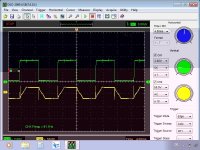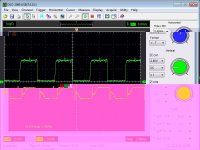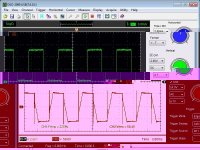Biff
100 W
Jeremy Harris said:Thanks for that, Ryan, looks like I just got lucky with all the other motors I'd modded this way and unlucky with the 6374 I did at the weekend.
Jeremy
Yep, just unlucky. Since you can actually advance the electrical signal quite a bit and the motor will still work at low speed and work better at high speed, you really can put the hall sensors almost anywhere (as long as they are all 120deg electrically apart) and find a combination that gets the motor working.




